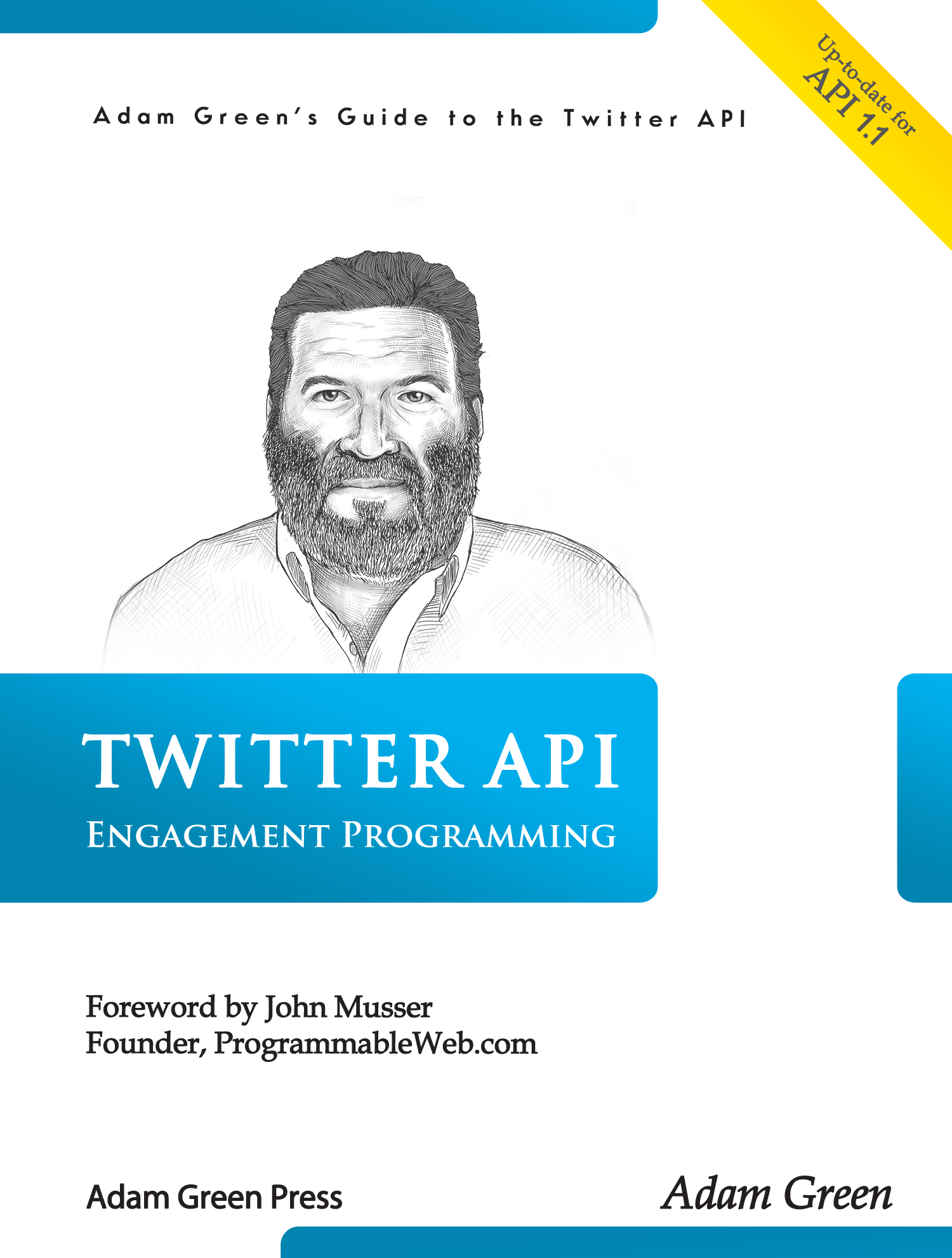The Twitter API provides two requests for user account info: users/show and users/lookup. On the surface the difference between the two seems obvious. Users/lookup returns data on 100 accounts at a time, while users/show only delivers a single user. The Twitter docs make the correct suggestion that users/lookup is best suited for gathering the account […]
Rate limits are a constant concern when doing engagement programming with the REST API. I’ve settled on an incremental approach. Instead of building a rate accounting infrastructure that measures the remaining requests for each API call, I find it easier to write scripts that break high-usage tasks into manageable chunks that won’t exceed the limits. […]
In yesterday’s post I recommended searching for the screen names of influential accounts as a way of getting high-quality leads for engagement. A related approach is to collect the timelines of key accounts, and extract the people they @mention. This is a good way to find the cool crowd in any subject area. If a […]
A lot of my engagement programming for clients has involved finding good leads for them to build relationships with and gain as followers. Obviously, the search API is a good place to start, but just searching for keywords that match your engagement interests is not the best approach. For example, if I wanted to find […]
When you start programming with the Twitter API, the natural tendency is to identify users in your database and code by their screen name. It seems right, since that is how you identify them when using Twitter. I used to do that too until I found out that users in some communities change their screen […]








